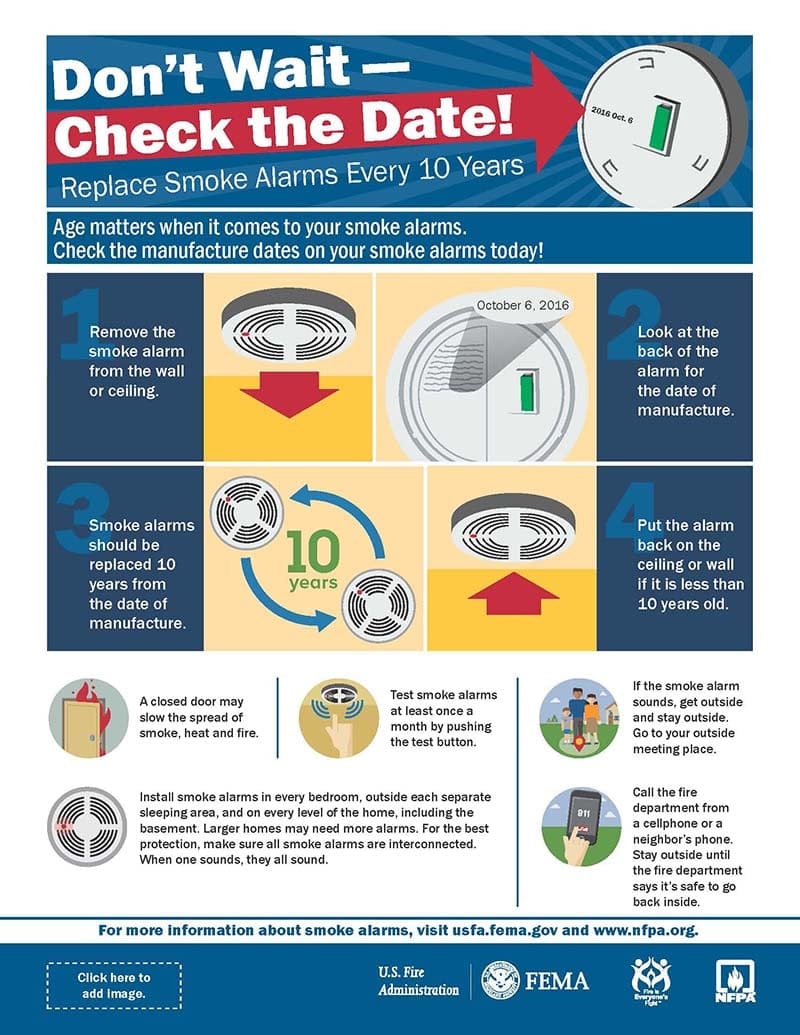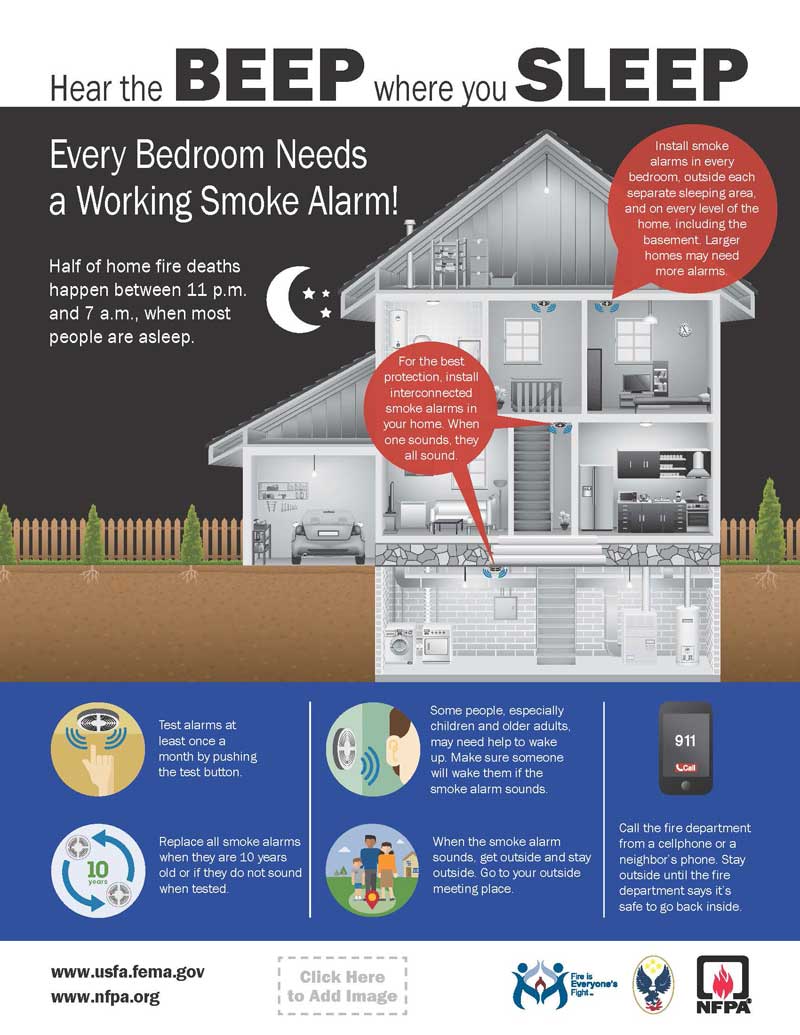Sure Fire Ways To Stay Safe
Summer really brings the heat, and so do unexpected accidents that suddenly turn deadly if proper fire safety is not followed. A recent incident involving a colleague of mine reminded all of us here at Mercer County Library System just how important fire safety is and why we should make sure to pay attention to the simple steps we can take to keep ourselves, our families, our pets, and our property safe this summer and year-round.
Like CO detectors, every home should have a working smoke
detector. According
to the U.S. Fire Administration branch of the Federal Emergency Management
Agency, three out of every five house fire deaths occur in a home without a
working smoke detector. Much like the CO
detector (note, some models can detect both), working smoke detectors should be
placed strategically around your home to detect an issue before it is too
late. Again, you want one near
appliances that can catch fire or by the garage or electrical breaker as well
as in the sleeping area of your home.
Electricity is also a point of concern when it comes to fire
safety. Most people would be surprised
to hear that only half of the 45,000 home electrical fires each year are caused
by wiring or lighting. The rest are
preventable if you follow a few basic guidelines – never overload an extension
cord or surge protector, do not use extension cords or surge protectors daisy
chained (one plugged into another), do not use extension cords or surge
protectors in place of real wiring to create an “extra” outlet, only plug one
heat-producing appliance (mostly all kitchen appliances, including coffee pots)
into an outlet at a time and plug them directly into an outlet (as opposed to
an extension cord or surge protector), and make sure any home electrical work
is done by a qualified electrician.
Some additional safety tips for inside the home can be found
on the U.S.
Fire Administration’s website and are arranged by topic and audience. One tip is a reminder to have a working fire
extinguisher in at least the kitchen and garage – make sure it is properly
charged by periodically checking the gauge to see if it is still in the green
zone. Extinguishers can be recharged or
sometimes even exchanged - check with your local fire authority or home
improvement center for more information.
The Mercer County Fire Academy has a resource list of local fire
departments and fire safety websites that can help you contact your local
officials. Another important tip we
offer from the library’s information technology department is to make sure to
use surge protectors and not just power strips on computer equipment and other
common household items such as TVs. You
should also be sure to check them periodically to make sure they are still
functioning properly – a good one will have a fault indicator light (not just
the power on/off lighted switch) that will trip the unit or at least turn red
if protection is not in place.
Outside the home is just as important as inside, especially
during the summer. The obvious items of
most concern are grills and fire pits, which should always be covered, attended
to, and kept away from play areas or structures when in use. The majority of grill fires involve either
liquid or gas, so it is important to make sure the lines from a propane tank
are clear and you only apply lighter fluid to bricks prior to lighting, not
after the fire has been started. Fireworks
can be especially tempting this time of year and it is of course best to follow
all local guidelines prohibiting aerial fireworks. Ground-based items such as sparklers can burn
up to 1200 degrees, so supervision of children and instruction on how to hold
the sparkler should be exercised at all times.
FEMA does have an outdoor
fire safety sheet that offers further tips.
Lastly, remember to start early when teaching children proper fire safety. Awareness and planning are key to keeping kids safe and calm if they do find themselves in a house fire or while playing near a fire, such as a fire pit, grill, or fireplace. Plus, many good habits are easier to continue as an adult if they are learned as a child. The Burn Institute has a fire safety program with an excellent website geared toward kids. In addition to fire prevention, there are sections regarding burn and scald prevention. Of course our youth services departments can also point you toward books and videos that are age-appropriate for teaching children of all ages about fire prevention. Our catalog lists over fifty items in the system on the subject for younger readers. Also look for your local fire company in the community each October – it is fire prevention month and they often run programs, some in our libraries, to teach kids about fire prevention and safety.
- Laura N., IT Department




Comments
Post a Comment